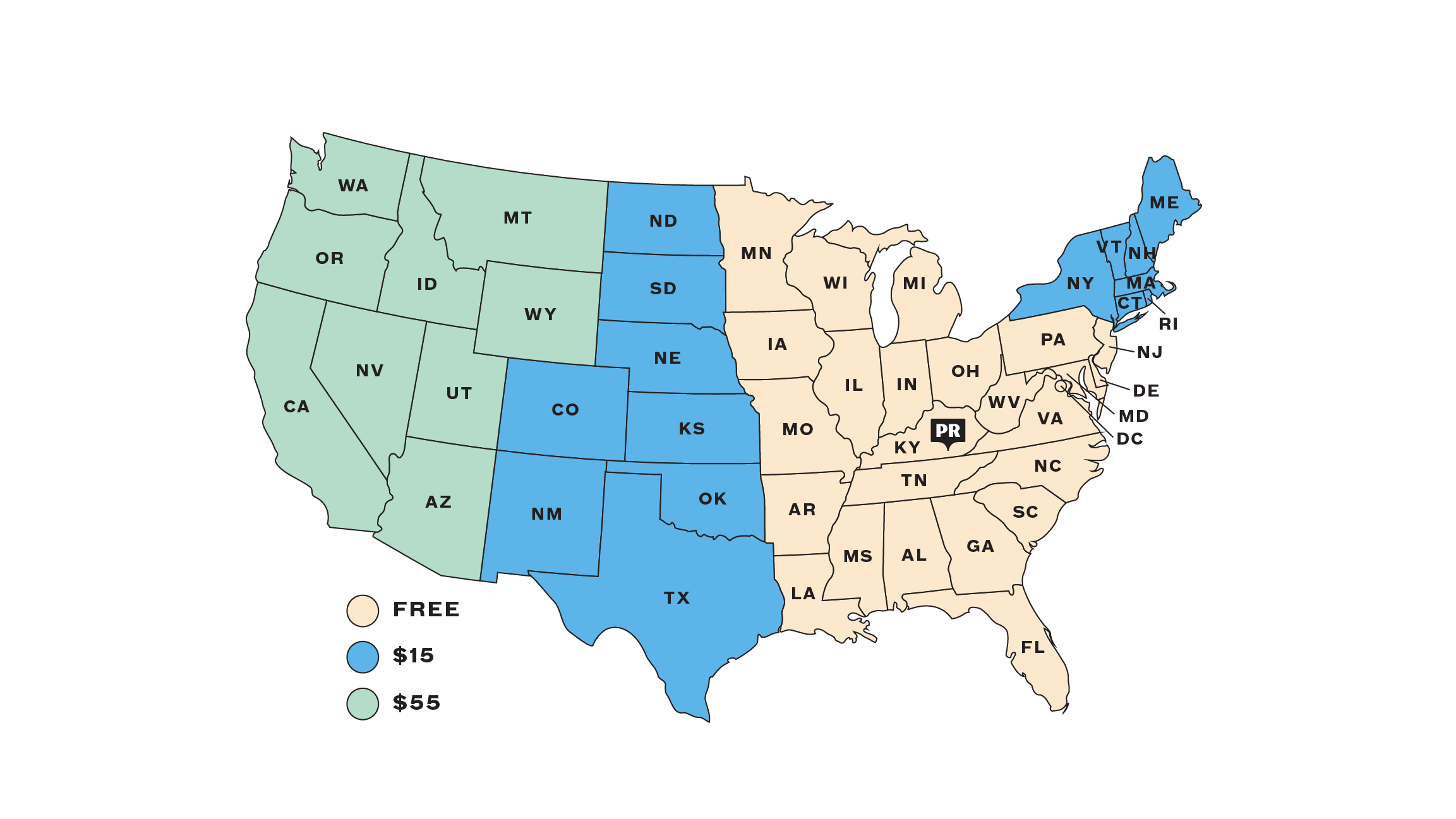Set yourself up for smoking success by picking the right smoker for your needs. Take into consideration how much time and space you have, to pick the smoker that’s going to be most useful.
Once you’ve got your smoker and picked your cuts, it’s time to select your wood. A little bit of knowhow can help you achieve the perfect balance of flavors.
Picking Your Smoker
Electric Pellet Smokers - These smokers are by far the easiest to use. They use an electric heating element to cook the meat, and pellets to add flavor. The positive side of this option is that you can “set it and forget it”, letting your meat cook all day without constant intervention. The downside? The pellets are made from compressed sawdust, which has a more stringent flavor than other wood options. If you want the true pitmaster experience, this isn’t the option for you. If you want to easily add smoked meat to your weekly menu, this is the way to go.
Barrel Smoker - For classic pit barbecue flavor, this is what you want. Barrel smokers have a fire box on the side, which funnels smoke into the barrel. You can’t beat the smoky flavor achieved with this style of smoker, but this method requires tending the fire all day. If you want smoking meat to be an all-day experience, a barrel smoker is for you.
Ceramic - These smokers, which double as awesome grills, are easier to use than barrel smokers because they are extremely well insulated. Rather than feeding the fire continuously, you build a fire and use the vents to adjust the airflow to keep things at the right temperature. We think these smokers are a great compromise between the ease of an electric pellet smoker and the high-maintenance nature of a barrel smoker.
Selecting the Right Wood
While there’s a lot of talk (and debate) about the different sauces and rubs that make regional barbecue unique, different wood choices are also a huge contributor to regional differences. People use/used whatever hardwood was available in abundance to smoke their meat, creating different flavor profiles in different locations.
Fruitwoods - Apple and cherry wood have a sweet and light smoke. At Porter Road, we use cherrywood to smoke our bacons because it’s abundant in Tennessee in Kentucky, and we don’t want to overpower the awesome flavor of our pasture-raised pork. If you’re smoking pork for the first time, we suggest using a fruitwood.
Oak - Oak is less sweet than the fruitwoods, and has a somewhat stronger flavor without being overpowering. If you’re not sure what type of flavors you want to impart with your wood just yet, oak is a fantastic place to start, regardless of what type of meat you’re smoking.
Hickory - Hickory is what is most commonly used for smoking in the Appalachians. It’s a little more intense than oak, and has a lovely nutty flavor.
Mesquite - This wood creates an incredibly intense smoke flavor, and is most commonly used for Texas BBQ. We would recommend that you avoid smoking pork or lamb with mesquite.
Chips, Chunks or Pellets - Depending on the style of smoker you’re using, you’ll need a different form of wood. As the name implies, pellet smokers need pellets. Barrel smokers can use chunks of wood or small logs, and ceramic smokers work best with wood chips.


